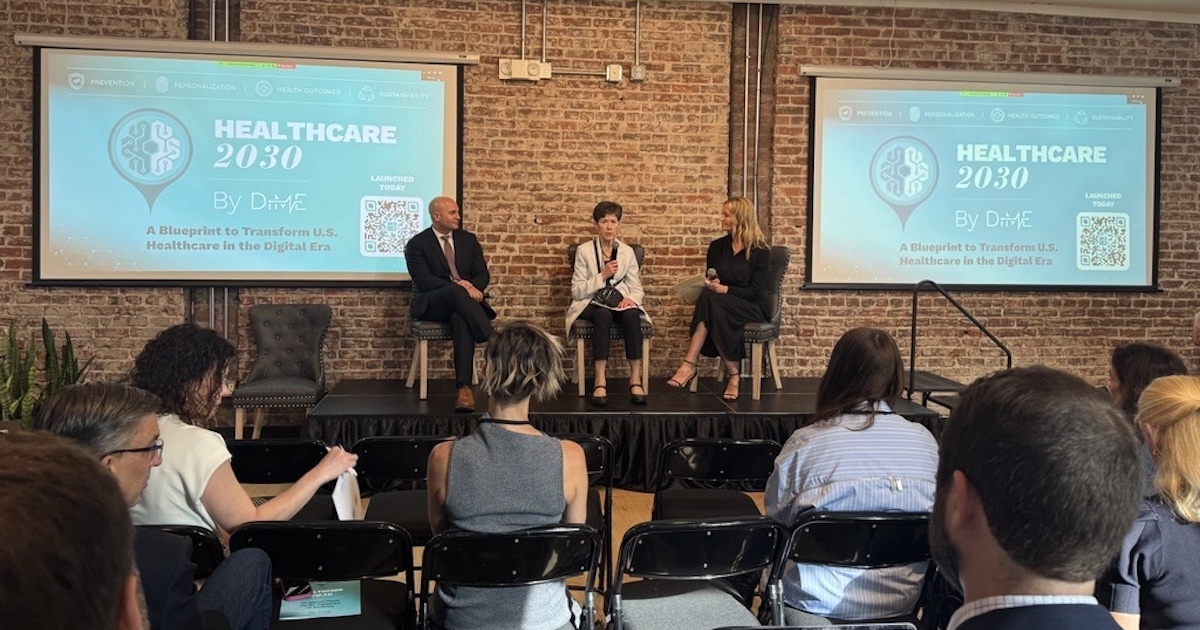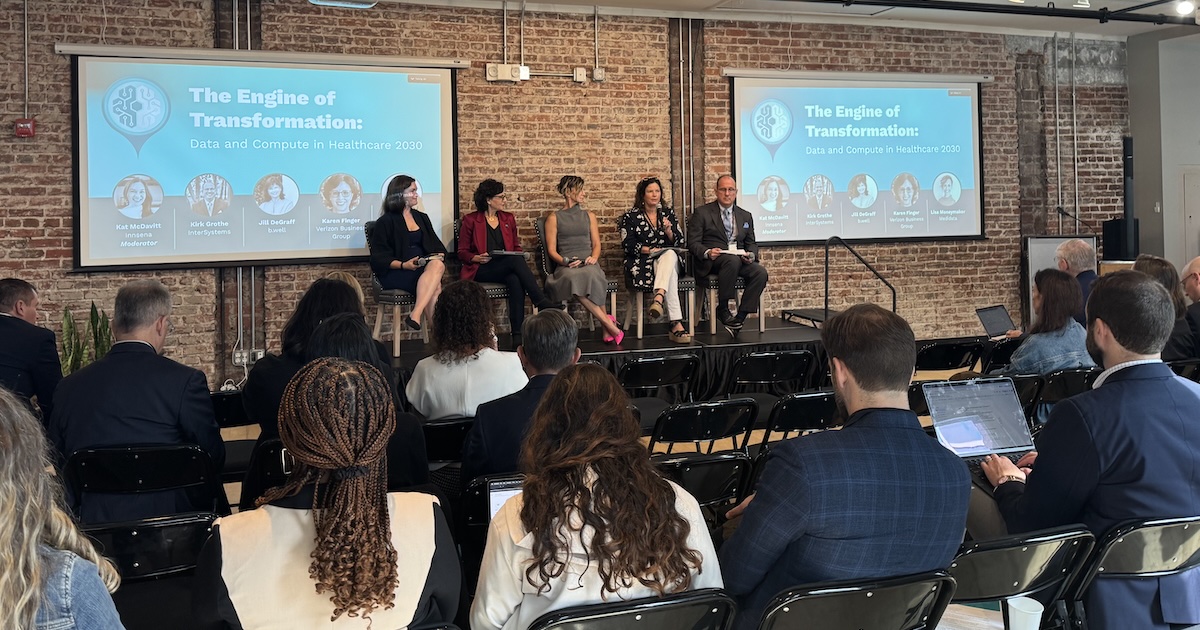
Photo: Hero Images/Getty Images
WASHINGTON, D.C. – The nonprofit organization Digital Medicine Society (DiMe) hosted Healthcare 2030 here on Monday, which brought together top government officials, patient advocates and industry leaders to discuss how digital innovation is changing healthcare and what the industry should focus on as technology progresses.
During the event, the company unveiled Healthcare 2030: An Impact Thesis for the Digital Era of Medicine, which highlights the four impact areas stakeholders should pursue through 2030: prevention, personalization, health outcomes and sustainability.
The organization said personalization should be achieved by shifting from reactive sick care to proactive care by making prevention investable at scale, delivering personalized care to each patient using diverse datasets and patient-generated health data, measuring health outcomes, and building a financially viable, innovation-friendly and workforce-ready ecosystem.
The four impact areas should be powered by data, compute, connectivity and communications priorities, the company said.
The Summit in D.C. brought together key stakeholders from the Assistant Secretary for Technology Policy/Office of the National Coordinator for Health IT (ONC), Veterans Affairs (VA), health systems, investors, life sciences, technology firms, patient groups and payers.
Panel topics include how reimbursement shapes the future of healthcare, building a continuous, connected care system; and the government's role in building Healthcare 2030, among other topics.
"We have the ability to look at high-resolution flows of data, to triangulate in near real time, to drive excellent personalized decisions, to help with prevention and to drive toward health outcomes. This is where we know it is not just about having an opinion; even if it is a very data-driven, evidence-based opinion, we have to be able to act," Jennifer Goldsack, CEO of DiMe, said during the event's keynote.
"We think about connectivity and communication as absolutely essential to overcoming the maldistribution of clinicians and the patients who need them the most."


